The Balkan region, known as the "blue heart" with pristine rivers, is facing a series of hydroelectric projects that threaten its ecosystem.
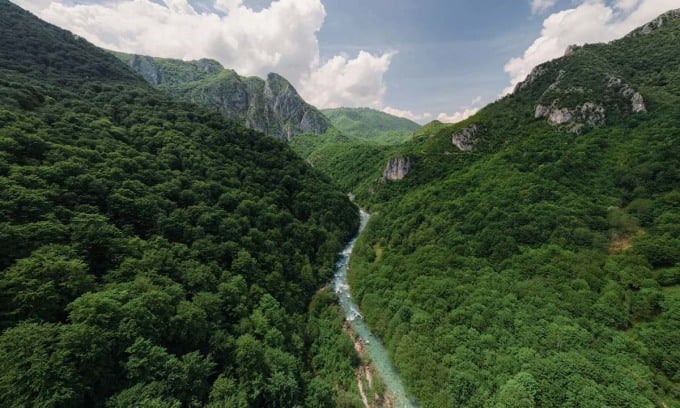
The Neretva River flows through a tree-covered gorge in Bosnia and Herzegovina. Photo: Joshua D. Lim
The 225 km long Neretva River flows through the forests of Bosnia and Herzegovina in a striking blue-green hue, rising from the Dinaric Alps and emptying into the Adriatic Sea. One of the coldest rivers in the world , it is home to unique ecosystems and rare species, from marbled trout to yellow-bellied toads to olms.
But that could change. Like many rivers around the world, the Neretva is under threat from dams, CNN reported on August 11. More than 50 hydroelectric projects have been proposed along its length and tributaries, nearly half of which are aimed at the river’s upper reaches, which are still wild and undisturbed, according to the Environment Center, a Bosnian conservation organization. These dams could harm not only the river and its aquatic life, but also the wider environment.
In Ulog, a village near Neretva, a 35-megawatt hydroelectric plant with a 53-meter-high dam is under construction. The effects are obvious: trees have been cut down along the riverbank to make way for what will become the reservoir, and roads for trucks and other construction vehicles scar the landscape. It was also here that more than 60 scientists from 17 countries gathered for the “Neretva Science Week” in June with a common goal: to save Neretva.
“They want to help us save this spectacular river. It is probably one of the most biodiverse and valuable rivers in Europe, and at the same time the most threatened,” said Ulrich Eichelmann, CEO of Riverwatch and coordinator of the Save the Blue Heart of Europe campaign to protect rivers in the Balkans (the region between the Adriatic and Black seas in southeastern Europe).
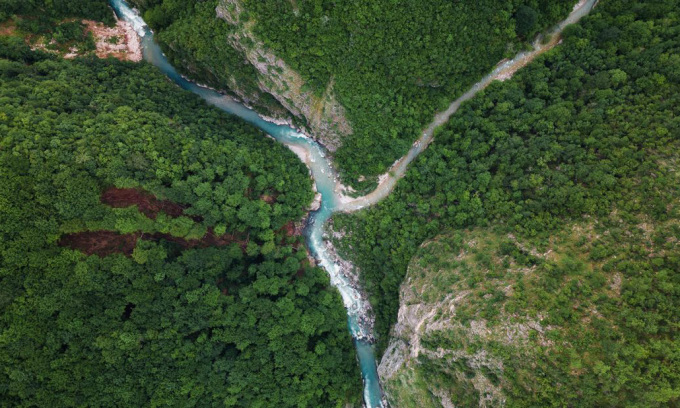
The Balkans are known as the "blue heart" of Europe with pristine streams. Photo: Joshua D. Lim
Europe has the most obstructed river landscape in the world, with more than a million barriers of all kinds, from dams and sloping banks to fords and culverts, according to a European Union (EU) research project. This affects wildlife, with a third of freshwater fish species threatened with extinction. But the Neretva has held up relatively well, supporting a healthy ecosystem and possibly one of the last spawning grounds for softmouth salmon.
One species gone is devastating, but the impact doesn't stop there. "If you take the fish out of a river, it affects the surrounding environment, the surrounding terrestrial species," says Kurt Pinter, a freshwater ecologist from Austria.
“It’s all interconnected,” Eichelmann said. He explained that silt from construction builds up on the riverbed, killing small organisms like mussels that help filter and clean the water. As the water gets dirtier, so do the animals and plants that live in the river and along its banks. The nature of rivers means that pollution cannot be contained. “Whatever you do to a small river, it happens to a larger river and eventually to the ocean,” Eichelmann said.
The aim of the Save the Blue Heart of Europe campaign is not to ban hydropower altogether, but to ensure that it is planned properly and that conservation is a priority. The campaign also wants to establish no-go zones in areas of important biodiversity.
Already dammed in large parts, the Neretva would not qualify for Wild River National Park status, but preserving pristine stretches is still valuable. It may be too late to stop the Ulog Dam, which is scheduled to begin commercial operations in 2024, but the new campaign could deter other hydropower projects that target pristine waters upstream.
"We call the Balkans the 'blue heart' because this is the last region where we have this gem. The fact that the rivers here have survived decades of destruction is a gift to Europe and to the Earth. We have the opportunity to keep this blue heart beating," Eichelmann said.
Thu Thao (According to CNN )
Source link


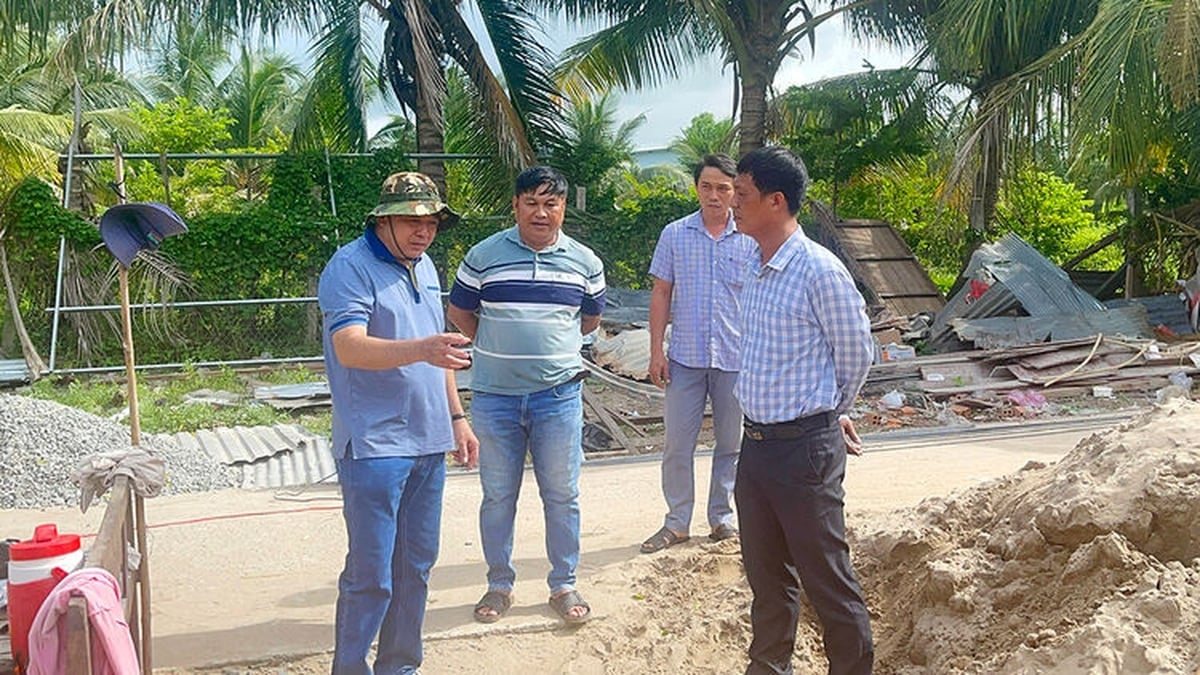



















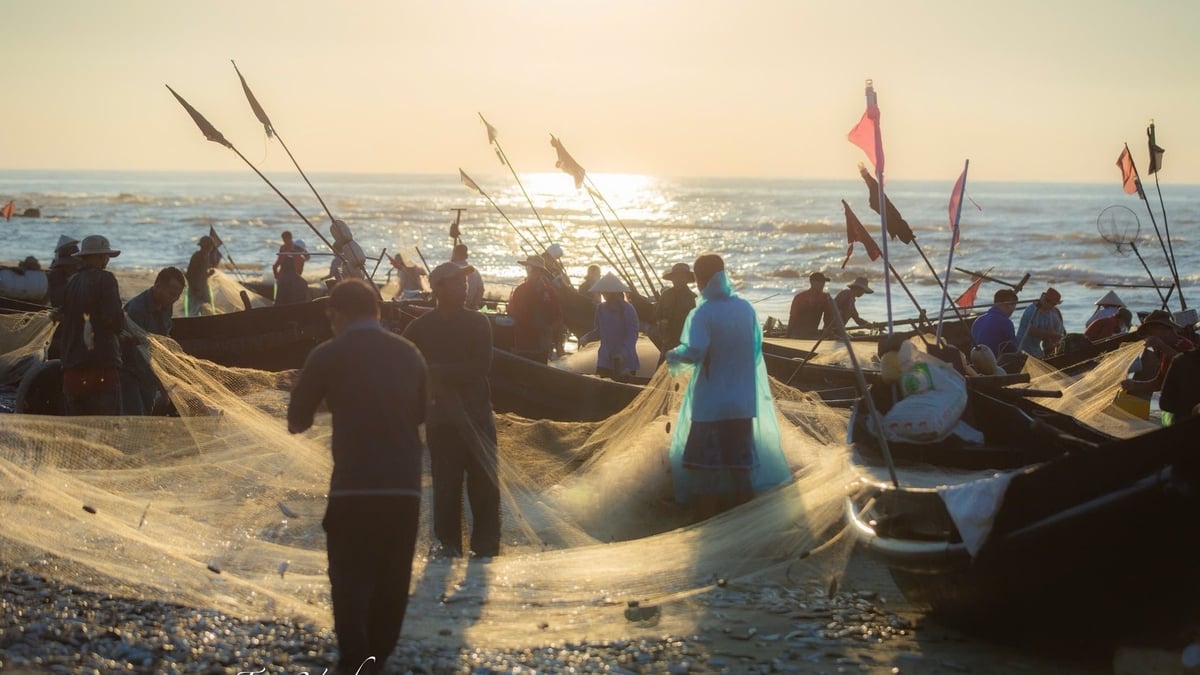
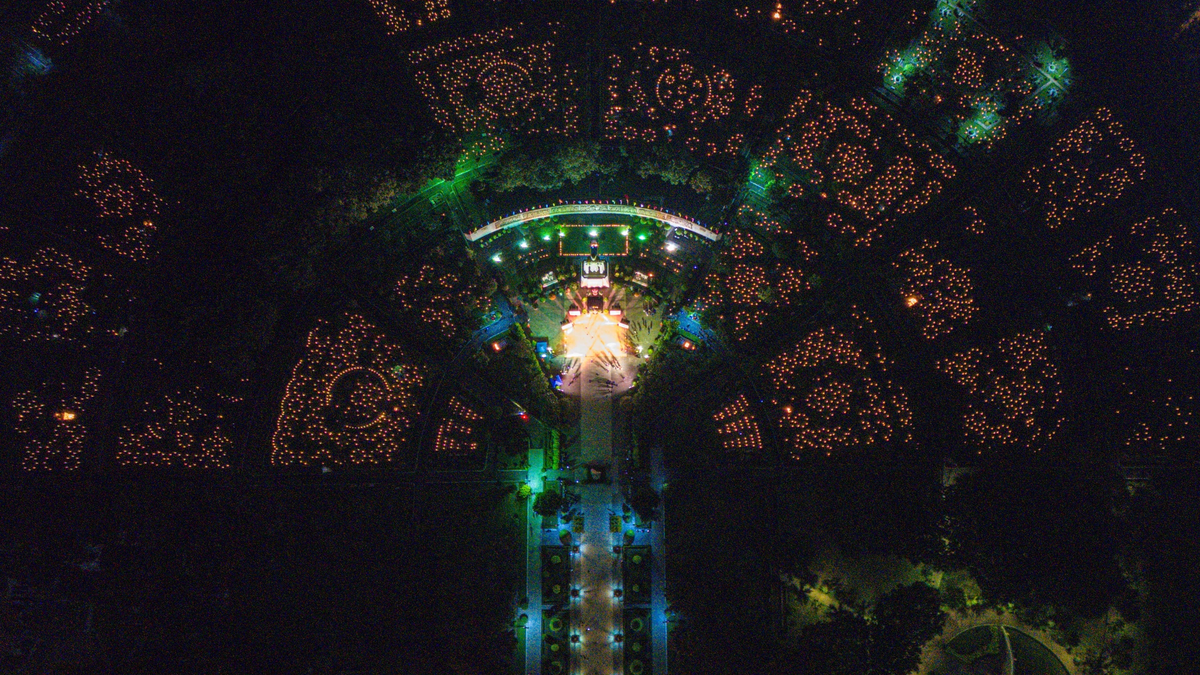


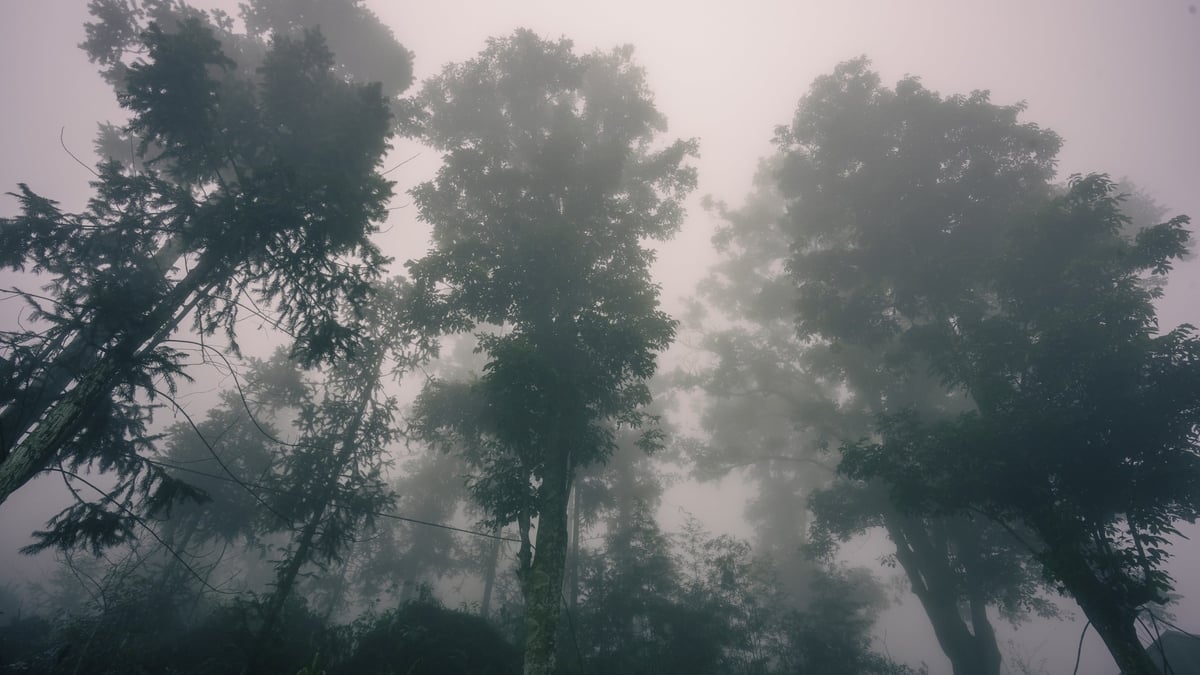





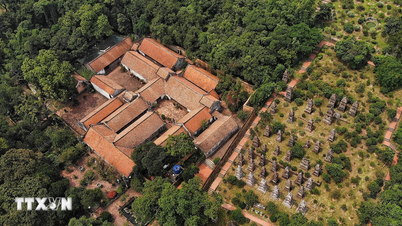









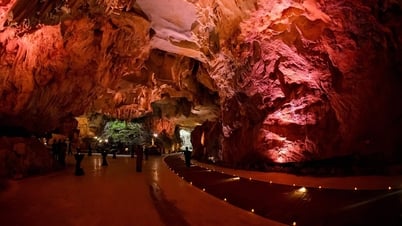
























































Comment (0)